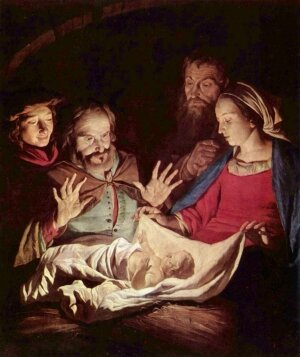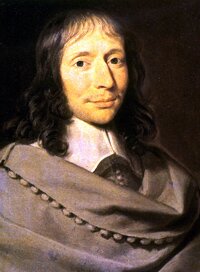Islamism or "Radical Islam" is a controversial term and definitions of it sometimes vary. Leading Islamist thinkers emphasized the desire to apply many aspects of sharia (Islamic law) to modern society; of pan-Islamic political unity; and of the elimination of non-Muslim, particularly western, military, economic, political, social, or cultural influences in the Muslim world, which they believe to be incompatible with Islam.
tenets are less strict and can be defined as a form of identity politics or "support for [Muslim] identity, authenticity, broader regionalism, revivalism, [and] revitalization of the community". Still others define it as "an Islamic militant, anti-democratic movement, bearing a holistic vision of Islam whose final aim is the restoration of the caliphate".
many Islamists include "enforcement of Islamic punishments, including prohibitions on charging interest on loans, playing music, showing television", and enforcing traditional dress and prayer attendance.
More...
Sent via BlackBerry from T-Mobile
























